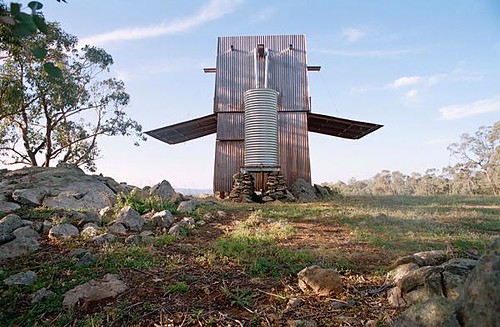
No special occasion. Sometimes you just see a bulding as you are searching something in the web and it reminds you a day from your architecture school days.
Saarinen's MIT Chapel Building is one of those buildings that I remember across the Aalto's dorms. Besides the exclusive ly beautiful details, I remember the Chapel distincly accepting you without your particular religious background and making you feel humbled peacefully under its 30' ceiling. Thanks to
Galinsky, I am able to enjoy these fond memory.
Saarinen must well think of
Rumi's 13 th Century poem;
Come, come, whoever you are.
Wonderer, worshipper, lover of leaving.
It doesn't matter.
Ours is not a caravan of despair.
Come, even if you have broken your vow
a thousand times
Come, yet again, come, come.
- Rumi

 Permanent Camping, Casey Brown Architecture, Small Projects Commendation
Permanent Camping, Casey Brown Architecture, Small Projects Commendation Reg Lark's Balgowlah House
Reg Lark's Balgowlah House